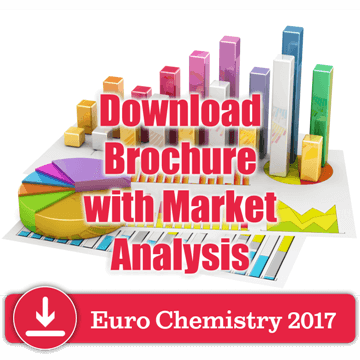Ozge Yuksel Orhan
Hacettepe University, Turkey
Title: CO2 utilisation: Waste or resource for chemical industry
Biography
Biography: Ozge Yuksel Orhan
Abstract
CO2 emissions into atmosphere is a global concern and a recent theoretical model provides a quantitative approach for its connection with global warming and climate change. CO2 is potentially a suitable resource of carbon which can partially replace oil and gas in many synthetic applications. Benefits can also extend to safety considerations since it is not toxic. It can replace certain toxic building blocks such as CO and phosgene in several commercially important processes, such as methanol or polyurethane manufactures. In addition, it can be used as a viable technological fluid with distinct advantages over other possible solutions in applications such as enhanced oil recovery and supercritical solvent. In near future, the use in carboxylation processes (synthesis of carbonates, carbamates and carboxylates, including cyclic compounds in both monomeric and polymeric forms) appears to be the most likely synthetic applications. In these cases, CO2 serves as both carbon and oxygen sources. Replacing CO for making acrylic acid and use as a mild oxidant are other interesting applications. Reduction by catalytic and electrocatalytic hydrogenation necessitates energy from non-fossil fuels and solar and renewable energy resources should then be incorporated. The photocatalytic reduction of CO2 in water under solar light irradiation, which is known as artificial photosynthesis, is a potential option that would increase carbon recycling.
A unique aspect of this paper is the exploitations of reactions of CO2 which stems from existing petrochemical plants-with the commodity petrochemicals (such as, methanol, ethylene and ethylene oxide) produced at the same or nearby complex in order to obtain value-added products while contributing also to CO2 fixation simultaneously. Exemplifying worldwide ethylene oxide facilities, it is recognized that they produce about 3 million tons of CO2 annually. Such a CO2 resource, which is already separated in pure form as a requirement of the process, should best be converted to a value-added chemical there avoiding current practice of discharging to the atmosphere.

